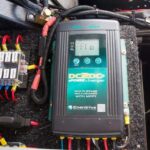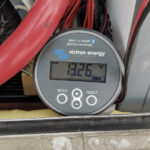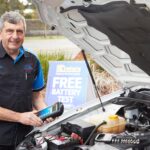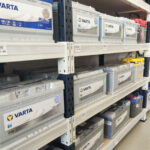Batteries are incredibly important, and that’s something everyone knows. They’re a very versatile power supply that is often not as understood by most people as they should be. Deep cycle batteries are amongst the type of batteries that people typically have no idea what they are, and how they work. They give power over extended periods of time, which is something that is usually known, but they can also play a role in keeping the workspace green. It’s worth understanding deep cycle batteries because there are a few advantages to using them.
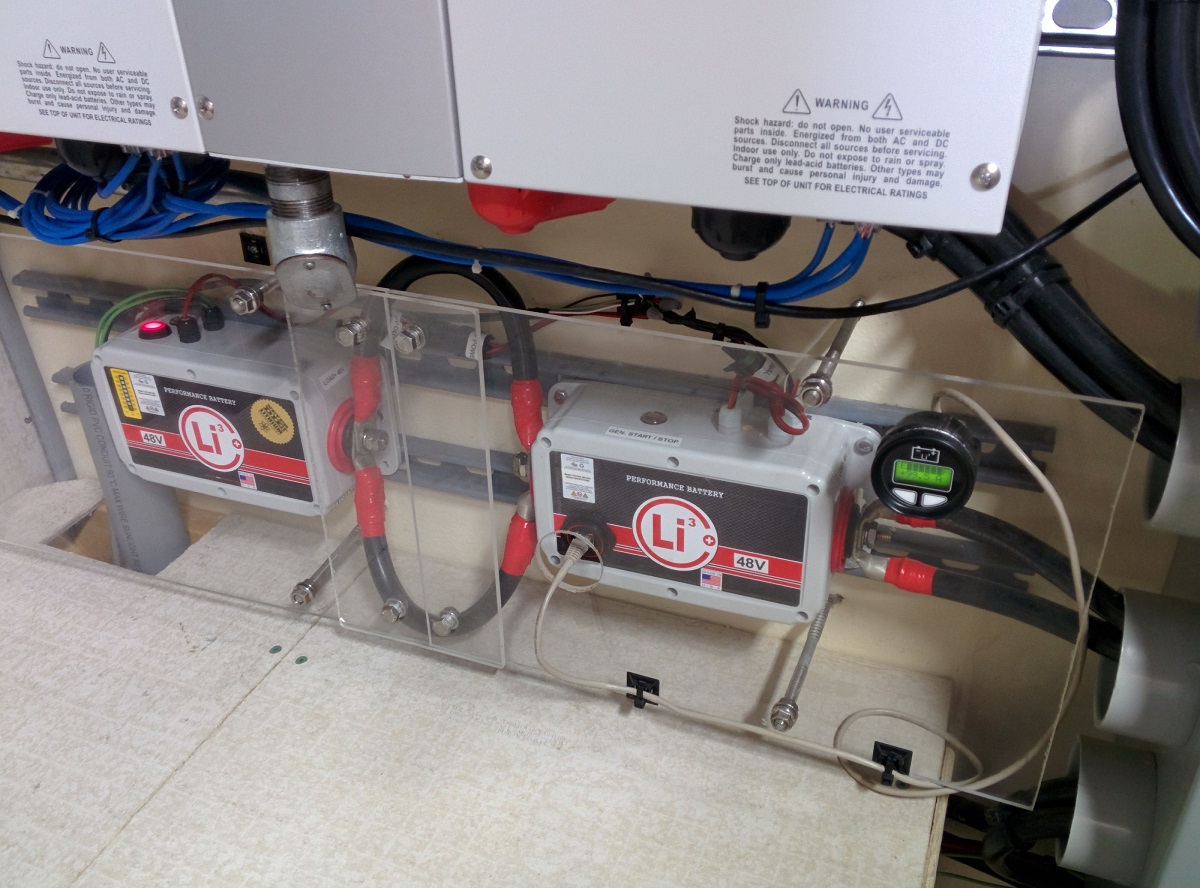
What the Amp Hour Rating Means
There is a common misconception that a 100Ah battery should power a 100 Amp appliance for one hour. The truth of the matter is that 100Ah batteries can typically power a 5 Amp appliance for 20 hours because the Amp power rating is typically given at something commonly called the 20 hour rule. If you connect the same battery to a 100 Amp appliance it might only last for a single minute. That’s because the higher the rate of the discharge the more energy is wasted in heat. The opposite is also true, meaning the lower the drain the more the battery will last. 100Ah deep cycle batteries are great in this regard because they last for a long time, most notably because they can withstand long and intense discharging.
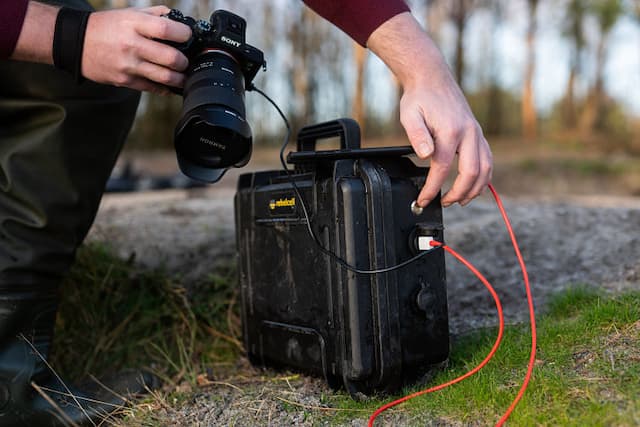 source: rebel-cell.com
source: rebel-cell.com
Discharge Cycles
It can sometimes be confusing to understand why discharge cycles are so important. Deep cycle batteries are built to last a very long time, in the sense that they can be discharged and charged continuously without any damage to the cells. However, that doesn’t mean you should empty it totally and then charge it. Typically, deep cycle batteries should be recharged when they reach a 20% charge. It rarely matters how quickly you drop down to 20% because what matters is that you should be able to recharge the battery an infinite amount of times.
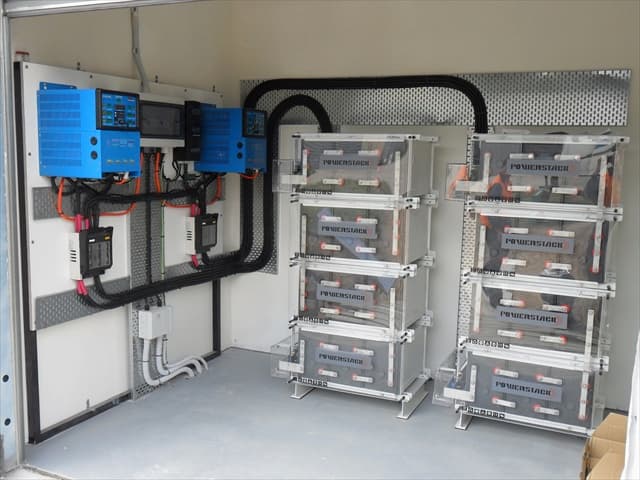 source: solardirectory.com.au
source: solardirectory.com.au
AGM Batteries
The Absorbent Glass Mat, or AGM batteries, is a class of lead-acid deep cycle batteries in which the fibreglass mat absorbs the electrolyte. The plates that are found in this type of battery can be either flat or wound in a spiral. They have a lower internal resistance than most traditional batteries, which is why they can handle significantly higher temperatures and discharge quite slower than most other similar batteries.
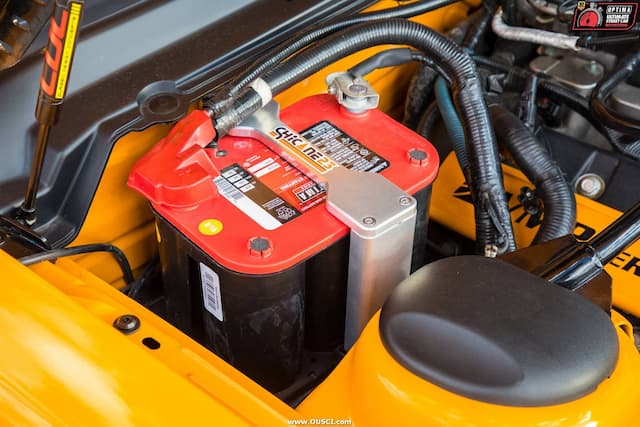 source: optimabatteries.com
source: optimabatteries.com
Sealed Lead Acid Batteries
The name sealed lead is a bit misleading because a sealed battery would be a great hazard due to over-pressurisation when overcharged. A better term would recombinant because the oxygen that has evolved at the positive will recombine with the ready-to-recombine hydrogen on the negative, which is a process that prevents water loss. This type of battery also features a safety valve that regulates the battery if dangerous amounts of hydrogen are produced.
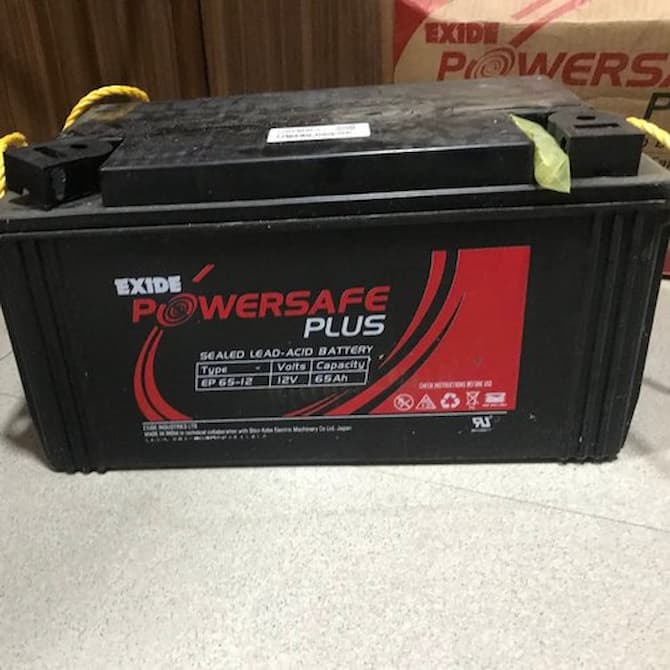 source: 5.imimg.com
source: 5.imimg.com
Flooded Lead Acid Batteries
This type of battery, also called the wet cell battery, is the oldest type of rechargeable battery that’s still in use. It contains a liquid in an unsealed container, which means it must be upright in a heavily ventilated area in order to ensure there’s no hazard due to the hydrogen gas produced by the batteries. They’re significantly more affordable than other types of batteries and are easier to troubleshoot, but they’re also quite heavy and unwieldy.
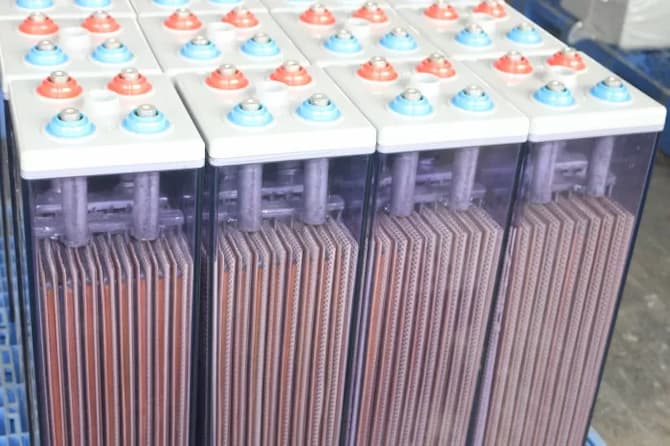 source: c-battery.com
source: c-battery.com
Gel Batteries
Gel batteries, or Gel Cells, are a type of lead-acid deep cycle battery that is sealed and valve-regulated. It contains a gel electrolyte and unlike the flooded lead-acid batteries, these don’t need to be positioned upright. Also, unlike the flooded lead-acid batteries, gel cells eliminate practically all electrolyte evaporation, and because of that, they are greatly resistant to high temperatures, vibration, and shock. That means they’re ideal for automobile use, or vehicles such as boats and aircraft.
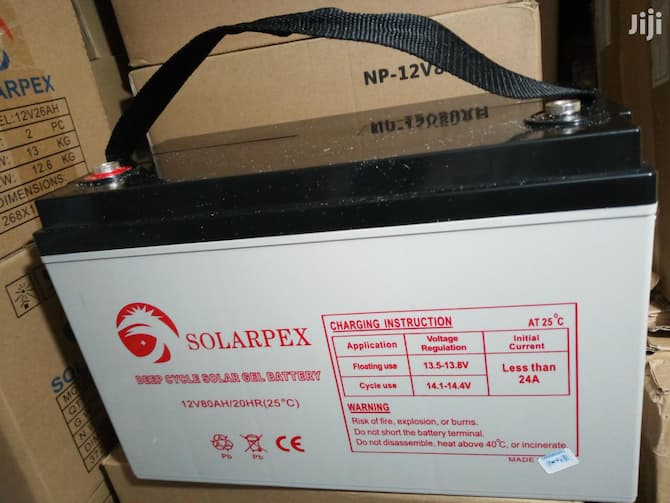 source: jiji.co.ke
source: jiji.co.ke
Lithium-Ion Batteries
The lithium-ion batteries are a relatively new type of battery that has been around for a few years, and they are quite different from the typical deep cycle batteries. They have a higher energy density, lower self-discharge and maintenance, a significantly long lifecycle, and are quite light. They’re arguably the most-used type of battery around the home.
Battery Maintenance
The deep cycle batteries that are used in off-grid solar power systems last a very long time due to their thick plates. However, they shouldn’t be left to drop below 20% charge because the internal resistance can cause damage when recharging. Their shelf life can be significantly increased by storing them in lower temperatures because the chemical reactions inside the batteries will run slower. However, if you want them to reach their maximum voltage again, they should be returned to room temperatures. Conventional deep cycle batteries require a fair bit amount of oversight. However, new advancements are being made on a yearly basis in the sphere of lithium-ion batteries that will significantly reduce maintenance because it will be a fairly automated system.
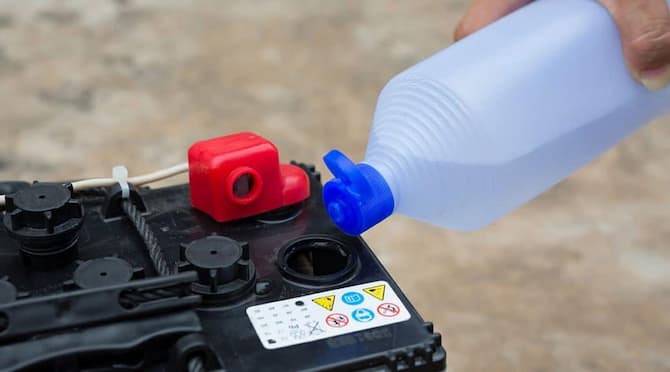 source: unboundsolar.com
source: unboundsolar.com
While there is a bit of maintenance when it comes to deep cycle batteries, they are very versatile and diverse. There are multiple types of deep cycle batteries, but all of them are great, albeit for a few different reasons. Using them is quite easy, as they’re batteries, just make sure you’ve chosen the right one for your needs.

